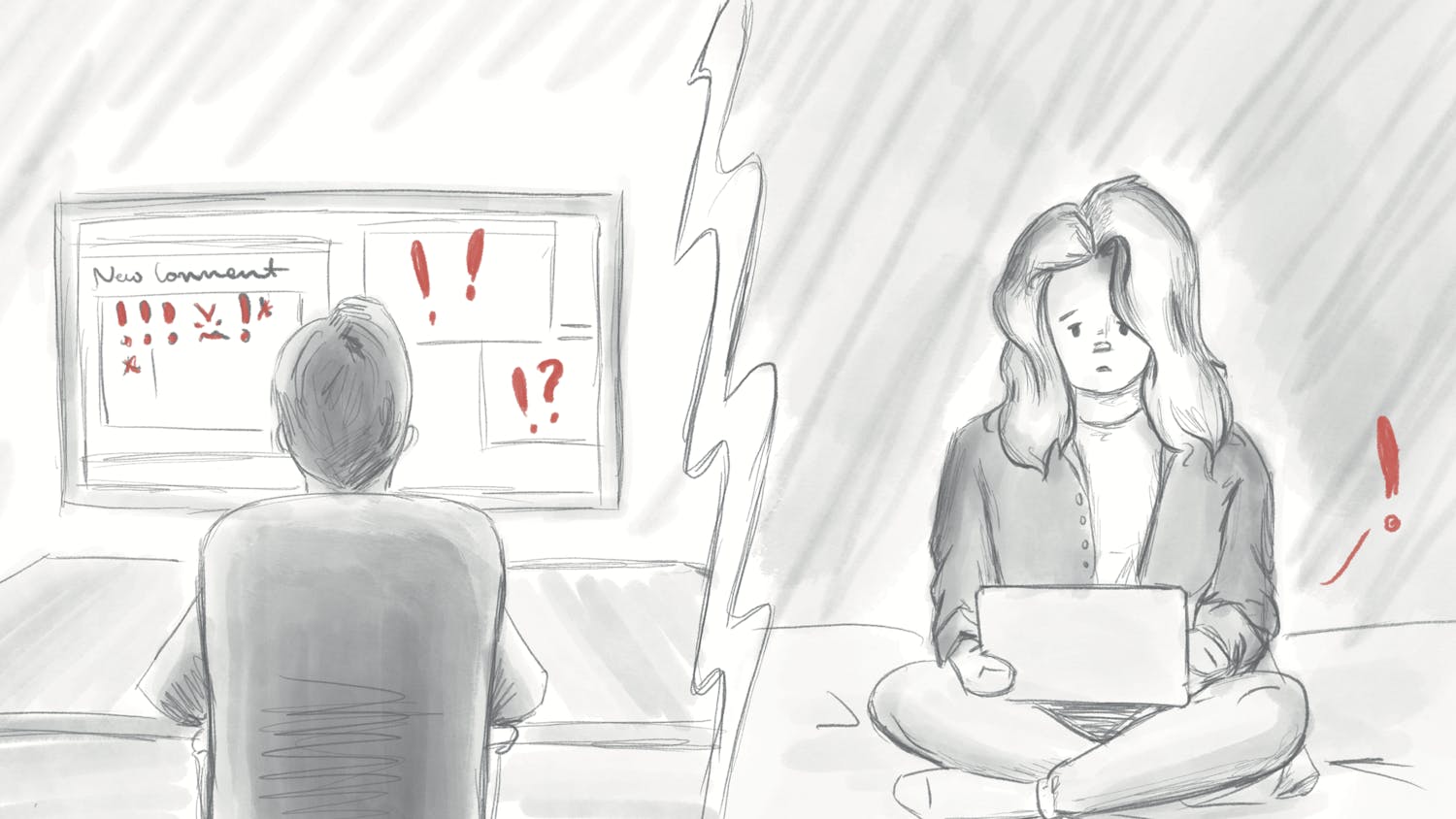I am endlessly fascinated by the diversity of religion in India.
India and the United States are both secular, but attitudes about religion differ dramatically between the two nations.
It’s hard to imagine getting off work or school in America for any religious holiday that doesn’t coincide with Christian tradition.
About 80 percent of Indians identify as Hindu.
But in Hyderabad, we’ve had days off for holidays ranging from Eid al-Fitr, the Muslim breaking of fast at the end of Ramadan, to Dussehra, the Hindu holiday celebrating Rama’s victory over Ravana.
Like most things I’ve experienced in India, religious traditions are complex, nuanced and influenced by history.
Traditionally, Hindu beliefs and practices vary by region. For years, Indian philosophical traditions grew and transformed out of religious texts like the Vedas.
A more broad, singular interpretation of Hinduism became useful in creating a national identity during India’s quest for independence.
Unlike other major world religions, there is not central text that all Hindus follow.
There are many important texts, from the Bhagavad Gita to the Ramayana to the Yoga Sutra, but no singular text holds the same weight as the Bible or Koran does for their respective faiths.
Perhaps it’s this inherent multiplicity that shapes the way people view religion in India.
I’ve heard Hindus, Christians and Buddhists say all religions are simply different means to the same end.
In some regions of India, Jesus and Mary are included as manifestations of gods traditionally associated with Hinduism.
Hinduism has an impact on Christianity in India, too.
I spent last weekend in Pondicherry, a former French port located in the state of Tamil Nadu.
Brightly-colored churches with equally vibrant representations of Christian saints are found throughout the city.
I suppose the cathedrals need to compete with the bold, Chola architecture of South Indian temples.
People remove their shoes before entering churches, a practice I always associate with visiting Hindu temples.
Inside Basilica of the Sacred Heart in Pondicherry, people can pray in pews or at separate alters featuring statues of important figures in Catholicism.
Sri Aurobindo Ashram is an integral part of the city’s religious diversity.
Founded by the Indian philosopher Aurobindo Ghosh and Mirra Alfassa, a French woman known simply as “The Mother,” the ashram attracts devotees and tourists alike.
The ashram promotes integral yoga, a philosophy rooted in Hinduism that advocates a higher state of consciousness to liberate oneself from ignorance.
In 1968, 18 years after Aurobindo’s death, The Mother decided to create a community where people could live without politics, religion or national boundaries.
Auroville, described as a “project in human unity,” lies just 10 miles outside Pondicherry. Around 2,000 people live in Auroville, most of whom are not Indian.
Before taking a trip out to visit and see the Mantrimandir, the central, spherical structure of Auroville where residents meditate, I thought it sounded like a cult.
The community tries to dispel this preconception by promoting statements of support from the Indian government, UNESCO and the Dalai Lama.
Ultimately, Auroville’s existence is another testament to the religious tolerance I’ve experienced while in India.
Whether one chooses to worship a Shiva linga at a 500-year-old temple or meditate on the Divine Consciousness of the universe in a giant golden sphere is a matter of personal preference.
— kmthacke@indiana.edu
Follow travel columnist Kate Thacker on Twitter @katelynthacker.
Column: Exploring India through its religions
Get stories like this in your inbox
Subscribe



